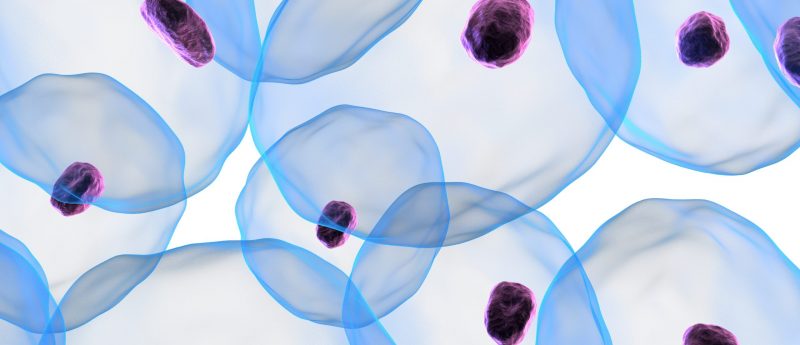3D microculture platform enables high-throughput screening of hPSCs

Scientists from UC Berkeley (CA, USA) have developed a high-throughput screening method for optimizing the manufacture of human pluripotent cells for cell-based therapies.
A key component of the high cost involved in producing cell-based therapies is the challenge of targeted and efficient differentiation, and subsequent scale up. In research presented today at the American Society of Gene & Cell Therapy Annual Meeting (29 April—May 2, Washington, DC, USA), a team at University of California, Berkeley (CA, USA) have developed a 3D microculture platform that could enable more efficient differentiation of human pluripotent stem cells (hPSCs).
The team, led by David Schaffer, Professor of Chemical and Biomolecular Engineering, Bioengineering, and Neuroscience (UC Berkeley), developed the platform, which can screen dosage, duration, dynamics and combinations of 12 culture parameters. Over 1000 unique 3D culture environments were screened, allowing advanced high-throughput screening techniques to be applied to the differentiation of the hPSCs into oligodendrocyte progenitor cells (OPCs).
In the study, fluorescent hPSC reporter lines were used to enable proliferation and differentiation to be monitored in situ over 80 days. Once the potential culture environments were screened, statistical models were used to rank the environments by their positive effect on the OPC culture, with several early culture parameters identified which could be tuned to include oligodendrocyte transcription factor (OLIG2) expression 10-fold. OLIG2 determines motor neuron and oligodendrocyte differentiation, as well as sustains replication in early development.
Source: Muckom R, Bao X, Tran E et al. 3D Microculture Platform Enables Advanced, High-Throughput Screening for Differentiation of hPSC-Derived Cell Therapies. Presented at: American Society of Gene & Cell Therapy Annual Meeting. Washington, DC, USA. 2019